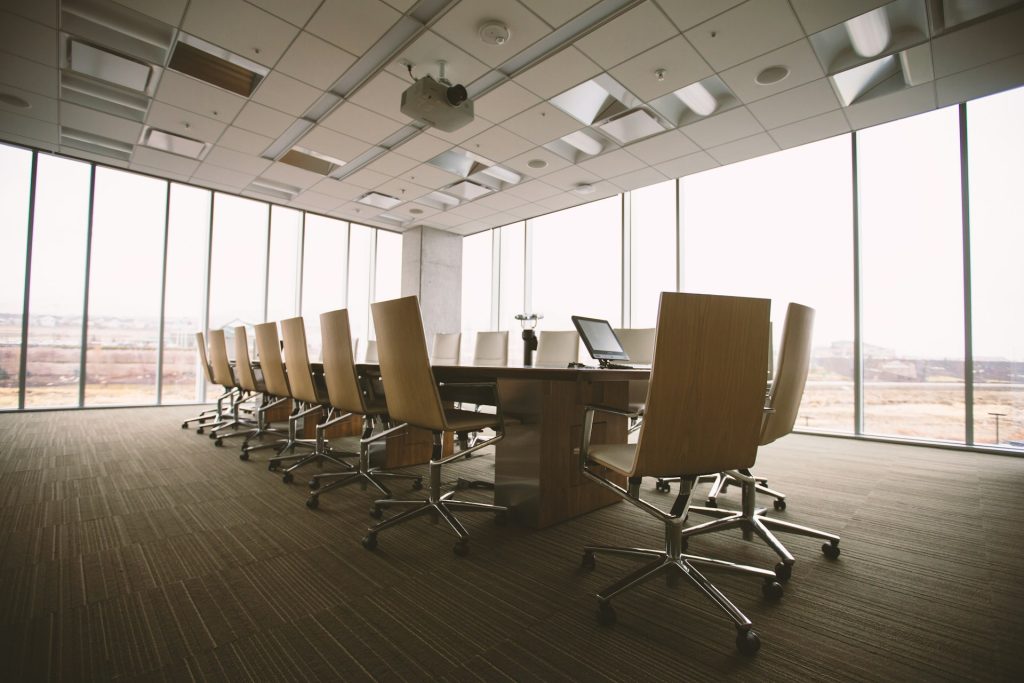The Psychology of Color in Web Design
Color is one of the most powerful tools in your website’s design arsenal. It goes far beyond mere aesthetics—colors convey emotions, trigger psychological responses, and communicate your brand’s personality before visitors even read a word of your content. In Morocco’s increasingly digital marketplace, understanding color psychology can be the difference between a website that converts and one that confuses.
How Colors Influence Consumer Behavior
The Emotional Impact of Primary Colors
Red: This vibrant color stimulates excitement, urgency, and passion. In the Moroccan context, many food delivery services and sales platforms use red to create a sense of immediate action. However, use it sparingly as too much can be overwhelming.
Blue: Representing trust, security, and professionalism, blue is favored by financial institutions and technology companies. In Morocco, many banks and insurance companies use blue to convey reliability and stability.
Yellow: Capturing optimism, clarity, and warmth, yellow works well for brands wanting to appear accessible and friendly. It’s particularly effective for Morocco’s tourism and hospitality sectors, resonating with the country’s sunny climate.
Secondary Colors and Their Messages
Green: Signifying growth, health, and tranquility, green is perfect for eco-friendly brands, healthcare providers, and agricultural businesses—particularly relevant in Morocco’s growing organic and sustainable markets.
Purple: Associated with luxury, creativity, and wisdom, purple appeals to premium brands and creative services. In Morocco’s luxury market, including high-end hotels and craftsmanship, purple can communicate exclusivity.
Orange: Blending the energy of red with the happiness of yellow, orange conveys enthusiasm and affordability. It’s increasingly used by Moroccan tech startups and youth-oriented brands.
Cultural Considerations for Color in Morocco
What works in one market may not translate to another. In Morocco, colors carry specific cultural associations:
Green holds special significance as it represents Islam and features prominently in the Moroccan flag.
Red also appears in the Moroccan flag and symbolizes bravery and strength.
Blue (particularly Majorelle blue) has strong associations with Moroccan artistry and craftsmanship.
White represents peace and purity.
Brands operating in Morocco should consider these cultural connections when designing their color schemes to avoid misalignment with local perceptions.
Finding Your Brand’s Color Personality
Questions to Consider When Selecting Website Colors
What emotions do you want your brand to evoke?
Who is your target audience and what colors might appeal to them?
What are your competitors using, and how can you differentiate while remaining appropriate for your industry?
Does your color palette work across different devices and print materials?
Do your chosen colors have any negative connotations in the Moroccan market?
Creating an Effective Color Scheme
Limit your palette to 2-3 main colors plus neutrals for balance.
Implement the 60-30-10 rule: 60% dominant color, 30% secondary color, and 10% accent color.
Ensure sufficient contrast for readability and accessibility.
Test your colors on different devices to confirm consistency.
Color Trends in Moroccan Web Design
Current trends in Moroccan web design show a blend of traditional influences and modern aesthetics:
Earthy tones reflecting Morocco’s natural landscape are popular for tourism and cultural websites.
Vibrant jewel tones inspired by traditional Moroccan textiles and ceramics appear in creative and artisanal businesses.
Tech companies and startups often opt for clean, minimal color schemes with bold accent colors.
Financial and professional services generally stick with conservative blues and greens with modern touches.
Common Color Mistakes to Avoid
Using too many colors, creating a visually chaotic experience.
Selecting colors without consideration for their psychological impact.
Ignoring accessibility concerns—low contrast can make content unreadable for many users.
Choosing trendy colors that may quickly look dated rather than timeless options.
Failing to maintain color consistency across digital and print materials.
Conclusion
Your website’s colors are silent ambassadors for your brand, communicating your values and personality at first glance. In Morocco’s diverse and vibrant business landscape, thoughtful color selection can help your brand resonate with local audiences while standing out from competitors. Remember that the most effective color schemes are those that authentically reflect your brand identity while considering the psychological and cultural impact of your choices. Take the time to develop a color strategy that works across all touchpoints—your brand’s visual identity deserves this careful consideration.


